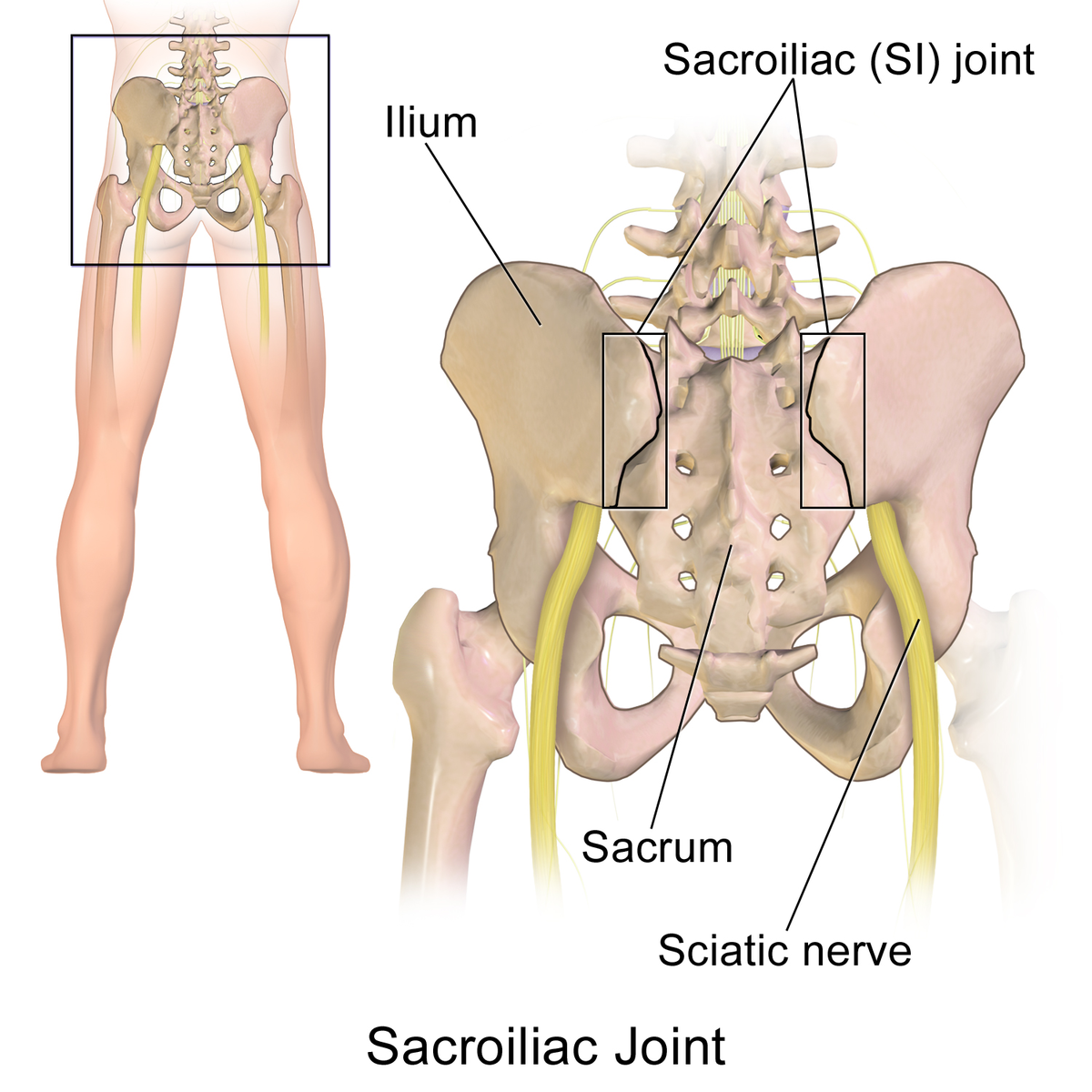
Sacroiliitis is a medical condition that results from the inflammation of either one or both of your sacroiliac joints. It causes pain in the buttocks and lowerback of the body; prolonged standing as well as climbing stairs worsens the pain. PAL Physiotherapy provides Sacroiliitis Physiotherapy treatment in Gurgaon under professional and experienced physiotherapists. It’s often gone undiagnosed, because its symptoms are mistaken for other back pain conditions. Sacroiliitis can made under control through proper medication and physical therapy. Sacroiliitis is often seen associated with Sacroiliac Joint dysfunction or SIJ dysfunction although there’s a big difference between the two conditions. The rootcause behind each of them is simply different. Sacroiliitis occurs as a result of inflammation of sacroiliac joint whereas SIJ dysfunction causes due to the abnormal twists or motions taking place within the joint.
The Sacroiliitis can be caused due to various reasons, some of them are given below.
The early signs and symptoms of Sacroiliitis includes –
Also, the below activities aggravate sacroiliitis to a great extent.
The risk of sacroiliitis increases with age. People develop depression and sleeplessness due to this medical state. Insomnia is also often witnessed as an aftermath of the condition. If properly treated, complete relief from this is guaranteed.
If you have pain in your lower back or hip, the doctor will check for Sacroiliitis by making your leg move in a certain direction so that it stresses the joint. Besides that, physical examination and medical imaging techniques such as X-ray is done to understand how much damage has been caused to the Sacroiliitis joint and accordingly, treatments are suggested. In severe cases, there might be a need for MRI or USG to detect the exact damage and cause of the pain in your sacroiliac joint.
The treatment for Sacroiliitis are available in plenty. There are medications which can be orally taken to reduce the pain and heal the injury or the damage caused to the joint. If you have excess pain and the damage is severe, then the doctor might advise for surgery. Apart from all these, physical therapy is an effective treatment for Sacroiliitis Joint Dysfunction in Gurgaon from the roots. A physical therapist designs a specific treatment based on a complete evaluation of your condition.
This may include:
The physical therapist determines a personalized treatment program after conducting a thorough physical evaluation. If further medical checkups are required, the therapist may refer you to a physician. Further, the symptoms of sacroiliac joint dysfunction or SIJ dysfunction are often associated with that of sciatica, so a detailed diagnosis of the condition should be done before going for any treatment.
